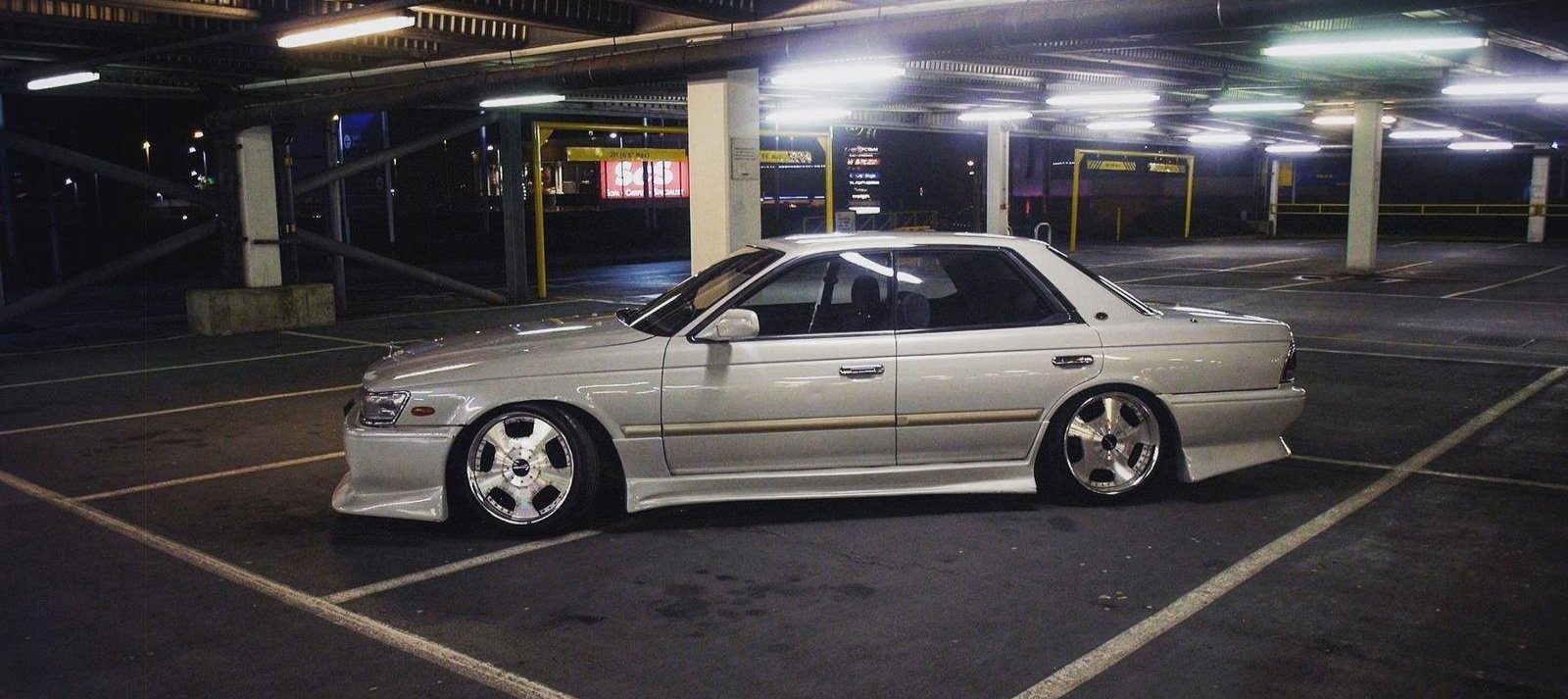C33 Laurel: Same but different (pt 5)
If you’ve seen any of my previous posts, you will more than likely know that since taking ownership of the Laurel, I’ve been struggling with getting it in a running state. First it turned out the turbo was in need of some TLC, which Midlands Turbo rebuilt and upgraded for me. Then it seemed like I had head gasket failure… I say seemed, I might go into that later in this post.
After running a bunch of compression and leak tests I decided that the head gasket needed changing. Was I going to send the car off somewhere to get it done? Or tackle it myself? Ever since I’ve started messing around with cars I was always of the mindset of “it’s always worth having a go yourself first” the reason being that its a learning experience, you might succeed and have the satisfaction of knowing you did all that work yourself, or you might fail and have to send it somewhere to get it repaired professionally, safe in the knowledge that you at least tried.
Before I continue this isn’t going to be a step by step guide to replacing the head gasket on an RB so if thats what you’re looking for I’m afraid you’re in the wrong place.
I thought it would be good as someone who tackled something as big as this and succeeded to go over some of the things that helped me get through it and eventually succeed.
A garage or unit will always help.
This seems pretty self explanatory, but as someone who just did this job on his driveway I can say first hand that I would more than likely have had this done a lot sooner if I’d had shelter to work under, the car had been on axle stands since last November.
The only reason for this was because just as I was ready to start tearing down the engine the weather turned rubbish. So naturally I had to wait for good weather before I could do anything.
Take lots of photos.
I’m not talking about updating your instagram or Facebook here, although you could use them for that. Taking photos as you take everything apart will help you remember how things go back together when you come to the rebuild.
It may be that you have to wait a couple of weeks (or if the weather turns rubbish, months) to do the rebuild by which time unless you’re mega mind you’re probably not going to remember all the little bits and pieces.
I think there were at least three occasions during the rebuild that I had found I had either left over bolts or a piece that was supposed to be put in before something else and had to back track.
Label and bag EVERYTHING!!
This might seem self explanatory, but it was a real big help to me. Get a bunch of ziplock sandwich bags and a sharpie and as you take bolts or brackets off write on the bag where they came from and put them inside. When going this far down into an engine you’ll find that the same size and thread pitch of bolts can possibly fit in different places but might not be long enough or short enough. It might seem a bit anal to label everything but trust me, its worth it!
Friends are key.
Again this one might sound like something you should already know, but its thanks to the advice of people who had done this job before (not necessarily on the same engine) that made me feel like I could even attempt it. You may pick up some little tips or tricks along the way, in my case I had a local long time friend who had rebuilt a number of engines including his Pinto engine in his MK2 Escort, so he was my first port of call. I also had some advice from guy who wasn’t local to me but I knew from the drift scene who was well versed in the ways of the RB who gave me some handy tips and tricks as well as invaluable knowledge of the different components on the engine. There was always one eagle eyed guy that spotted I was missing a dowel in the block of the engine when I posted a photo of me starting to put it back together.
The internet doesn’t always know best.
This point sounds like it might go against what I said in my previous point but go with me on this one. Along the way I must have had countless comments and messages from people telling me I should do this and that, or upgrade X or Y while I was stripping down the engine. Before you even start to attempt something like this make sure you have a clear game plan in your head of what you want to achieve.
For me the main and only goal was to rebuild the engine with a better head gasket and better studs, the turbo was already solid after a rebuild and I was adamant that I wasn’t chasing a horsepower figure. I just wanted to be able to get back out on the road, get a feel for the car (since I’ve only had a couple of goes in it while my wife owned it!) and get some seat time on track!
Yet various people seemed to think that I should be replacing injectors, fuel pumps, cams, valve springs, and even the freshly rebuilt turbo while I had the engine apart, if I had done these things at the same time not only would I have had to re-mortgage my house in order to pay for it all, I most likely wouldn’t have had the car finished this side of Christmas!
The only people I did listen to in the end on social media, was a certain Mr. Drift Crash (go check out his YouTube channel) who actually saved me money by persuading me to stick with a two piece propshaft instead of going to a one piece, and a couple of guys (sorry I can’t remember your names) who recommended tools to me.
Don’t set yourself unreasonable deadlines.
I see it on the internet all the time, someone breaks something on their car and instead of focussing on fixing it and making sure its fixed they focus on getting it to the next drift day, meet, or car show. So what if you’re going to miss an event or two because you’re fixing something that broke. The only reason you would do this is because you want to be seen and made popular on social media.
All you’re doing by going down this route is putting unnecessary stress on yourself. Focus on the task at hand and don’t give yourself a due date.

